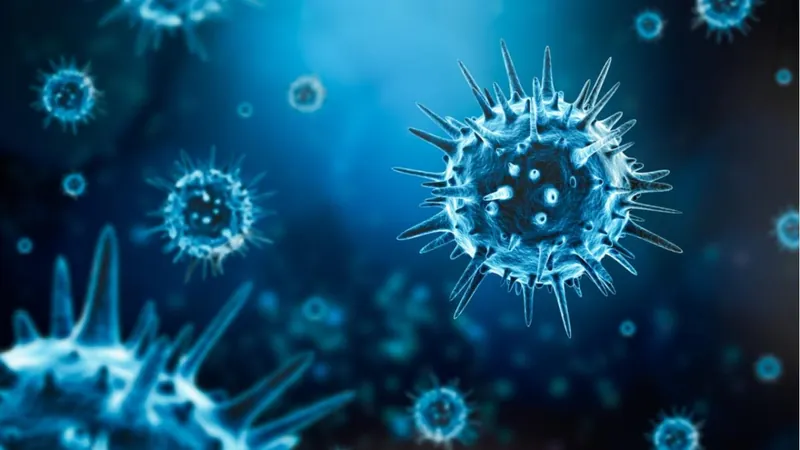
Groundbreaking Nanostructures: The Future of Robotics and Tiny Dinosaurs!
2024-11-29
Author: Jia
Groundbreaking Nanostructures: The Future of Robotics and Tiny Dinosaurs!
In a remarkable feat that could redefine the field of molecular robotics, researchers from the University of Sydney Nano Institute have pioneered custom-designed and programmable nanostructures utilizing the fascinating technique known as DNA origami. This innovative methodology opens up vast possibilities for various applications beyond imaginative concepts, including precise drug delivery systems, highly responsive materials, and energy-efficient optical signal processing.
The Concept of DNA Origami
At the heart of this research is the concept of "DNA origami," which leverages the inherent folding capabilities of DNA—the fundamental building blocks of life. This technique allows scientists to craft intricate biological structures at a nanoscale, giving birth to what some might affectionately call "molecular machinery." The research team has impressively constructed over 50 nanoscale objects, showcasing their creativity with designs such as a "nano-dinosaur," a "dancing robot," and a miniature representation of Australia measuring just 150 nanometers wide—an astonishing size that dwarfs even the width of a human hair by a factor of a thousand.
Modular DNA Origami Voxels
This groundbreaking study, led by first author Dr. Minh Tri Luu alongside research team leader Dr. Shelley Wickham, emphasizes the creation of modular DNA origami "voxels." These voxels can be seamlessly assembled into intricate three-dimensional structures, paving the way for a new era in engineering and design at the nanoscale.
Implications for Robotics and Bioengineering
Published in *Science Robotics*, this research not only demonstrates the feasibility of constructing programmable nanostructures but also ignites the imagination regarding future advancements in robotics and bioengineering. As the field progresses, we may be on the brink of a revolution in how we approach technology, merging biology with robotics in unprecedented ways.
Conclusion
Stay tuned—could this lead to a world filled with miniature robotic creatures and smart materials that react to their environment? The possibilities are only beginning to unfold!




 Brasil (PT)
Brasil (PT)
 Canada (EN)
Canada (EN)
 Chile (ES)
Chile (ES)
 España (ES)
España (ES)
 France (FR)
France (FR)
 Hong Kong (EN)
Hong Kong (EN)
 Italia (IT)
Italia (IT)
 日本 (JA)
日本 (JA)
 Magyarország (HU)
Magyarország (HU)
 Norge (NO)
Norge (NO)
 Polska (PL)
Polska (PL)
 Schweiz (DE)
Schweiz (DE)
 Singapore (EN)
Singapore (EN)
 Sverige (SV)
Sverige (SV)
 Suomi (FI)
Suomi (FI)
 Türkiye (TR)
Türkiye (TR)